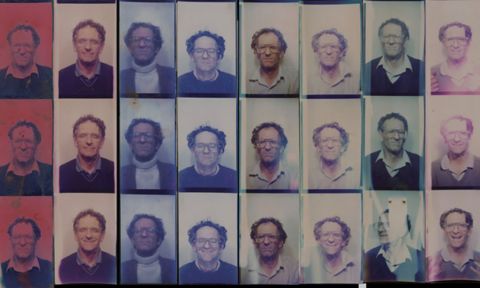Melbourne Polytechnic students and videographers on the project, Caitlin Hudson and Adam Velo, said it was a unique and special experience.
“When the idea was first said to me, I sort of had this ‘that sounds so cool, I love this’ moment. I feel almost lucky to be involved in a project where pretty much everyone is neurodivergent,” Hudson said.
“I was learning the whole time and seeing the similarities between Sara’s own experience and bats – it makes a lot of sense and being able to put that on screen really excites me,” Velo said.
Kian-Judge was also supported by PhD supervisor Professor Grace McQuilten, Associate Dean, Research & Innovation, School of Art.
“I was attracted to Sara’s work right from the beginning because of its really original quality, I hadn’t come across a research project like this before,” McQuilten said.
“The way she’s bringing together her personal experience of autism with a deep concern for climate catastrophe and the wellbeing of animals was really beautiful, and I felt like it could reach a really diverse group of audiences and I felt like it needed to.”
Ali Barker, Manager, Partnerships and Engagement, RMIT Culture, said the Capitol Innovation Fund allows performances like Upside Down People to come to life at The Capitol, especially with its unique ceiling and lighting display.
“What we are able to do through this commission is take the time to truly collaborate and draw out a story, and bring something to life that might not otherwise be put in front of a live audience,” Barker said.
Reflecting on the final project, Kian-Judge said what she’s most proud of is not the project itself but the process and the people she worked with.
“Most of the creative team are neurodivergent in some way, and I know when we talk about marginalised people we always talk about involvement all the time, but I really can’t say it enough, how much this project has meant to me and to them as well,” she said.
“We don’t get given these opportunities very often, so for it to also be an opportunity where we get to tell our stories in our own voice has just been amazing.”
Story: Thomas Odell







